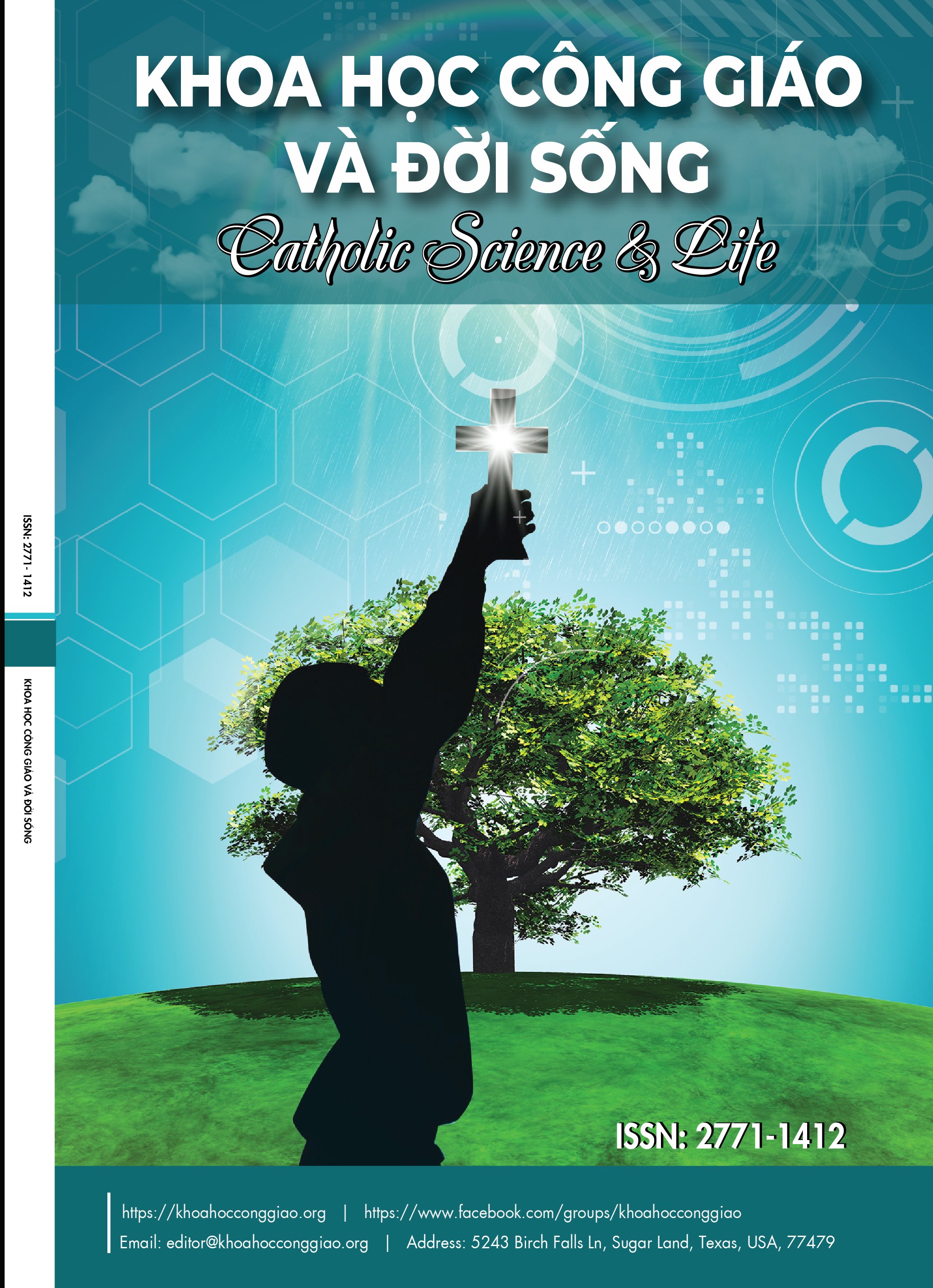Quan Niệm Về Thế Giới Sống Từ Edmund Husserl Đến Claude Romano
The Concept of the Lived World from Edmund Husserl to Claude Romano
DOI:
https://doi.org/10.54855/csl.244310Từ khóa:
thế giới sống (Lebenswelt), hiện tượng luận, thế giới, vị toàn thểTóm tắt
Tương quan giữa thế giới và tâm thức con người đã được suy tưởng dưới nhiều lăng kính khác nhau. Ở trường phái hiện tượng luận, tương quan này được suy tưởng dựa trên lối kiến tạo của cái tôi thuần túy. Chính vì thế, từ khi Husserl khởi xướng hiện tượng luận, người ta đã cho rằng thế giới phụ thuộc vào cấu trúc của ý thức con người. Tuy nhiên, hiện tượng luận đã vấp phải những vấn đề nghiêm trọng. Nếu thế giới chỉ phụ thuộc vào ý thức của một người nào đó thì thế giới được quan niệm đầy đủ như nó là hay chưa, bởi vì một người nào khác cũng ý thức về thế giới thì sao? Chắc hẳn, thế giới phải được “cộng thêm” vào “nhiều lần được ý thức nữa”. Dù cho Husserl về sau đã quan niệm lại thế giới ngang qua khái niệm Lebenswelt(thế giới sống) để trả lại tính uyên nguyên và tự trị cho thế giới, nhưng theo Claude Romano khái niệm này chưa thỏa đáng. Vì thế Romano đã tái quan niệm lại thế giới bằng lăng kính vị toàn thể với hy vọng làm cho thế giới được suy tưởng một cách đầy đủ bao nhiêu có thể, nhờ đó mà tương quan giữa thế giới và tâm thức con người mới hy vọng được xác định một cách thỏa đáng. Abstract The relationship between the world and human consciousness has been contemplated through many different lenses. In the phenomenological school, this relationship is considered based on the pure ego’s construction. For this reason, ever since Husserl initiated phenomenology, it has been believed that the world depends on the structure of human consciousness. However, phenomenology has encountered significant problems. If the world is solely dependent on one person's consciousness, has the world been fully conceived as it truly is, since another person is also conscious of the world? Certainly, the world must be 'added' with 'many more instances of consciousness.' Even though Husserl later re-conceptualized the world through the notion of Lebenswelt (the lived world) to restore the world’s original and autonomous nature, according to Claude Romano, this concept is still inadequate. Therefore, Romano re-conceptualized the world through a holistic lens, hoping to fully contemplate the world as much as possible, so that the relationship between the world and human consciousness might finally be adequately determined.Tài liệu tham khảo
“Le monde n'aime pas qu'on le dérange dans ses opinions” (Victor Cherbuliez, Une gageure, 1890).
Cf. Claude Romano, Les repères éblouissants: renouveler la phénoménologie (Paris: Presses universitaires de France, 2019), 162-163.
Edmund Husserl, Ý niệm hiện tượng học (năm bài giảng), trans. Bùi Văn Nam Sơn (Tp.HCM: Nhà Xuất Bản Trẻ, 2016), 20-21.
Philippe Cabestan, Introduction de la phénoménologie (Paris: Ellipses Marketing, 2003), 12.
Cf. Samuel Enoch Stumpf, Lịch sử triết học và các luận đề, trans. Đỗ Văn Thuấn (Hà Nội: Nhà Xuất Bản Lao Động, 2004), 176-177.
Claude Romano, Les repères éblouissants, 163.
Cf. Claude Romano, Les Repères Éblouissants: Renouveler la phénoménologie (Paris: Presses universitaires de France, 2019), 172.
Cf. Claude Romano, Les Repères Éblouissants, 218.
Tải xuống
Đã Xuất bản
Số
Chuyên mục
Giấy phép
Bản quyền (c) 2024 Lê Bảo Lộc, S.J.

Tác phẩm này được cấp phép theo Giấy phép quốc tế Creative Commons Attribution-NonCommercial 4.0 .
Authors retain copyright and grant the journal the right of first publication with the work simultaneously licensed under a Creative Commons Attribution 4.0 International License that allows others to share the work with an acknowledgment of the work's authorship and initial publication in this journal.
Authors are able to enter into separate, additional contractual arrangements for the non-exclusive distribution of the journal's published version of the work (e.g., post it to an institutional repository, in a journal or publish it in a book), with an acknowledgment of its initial publication in this journal.













